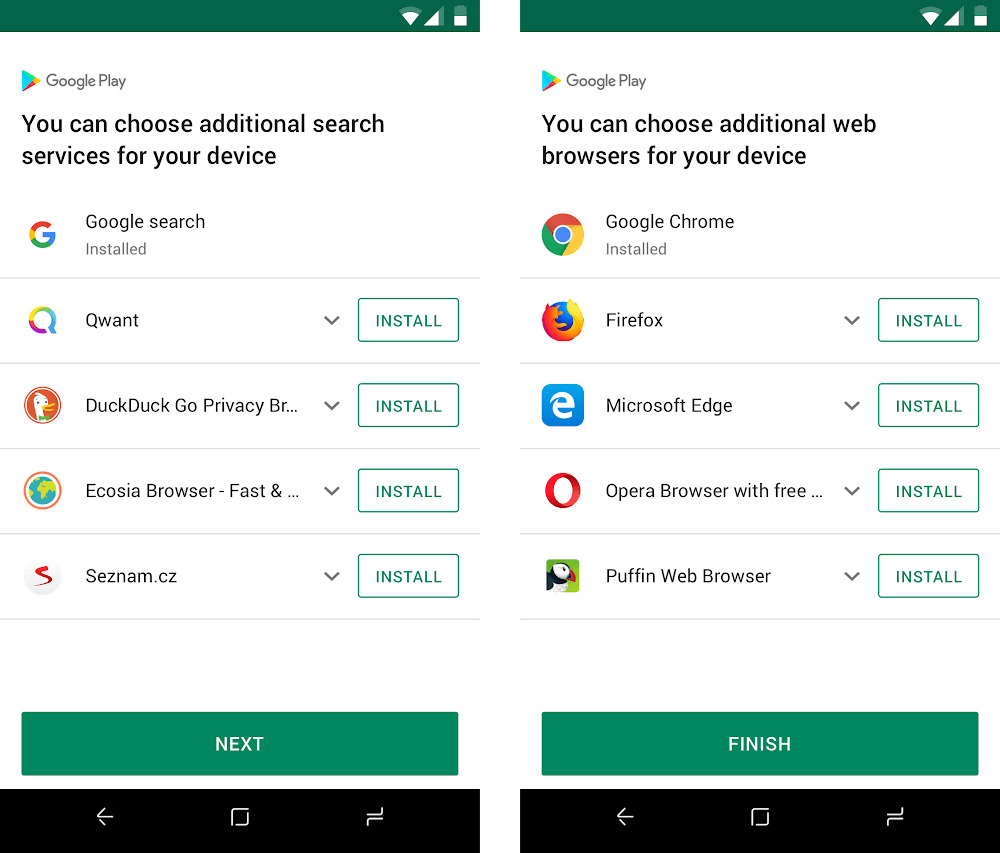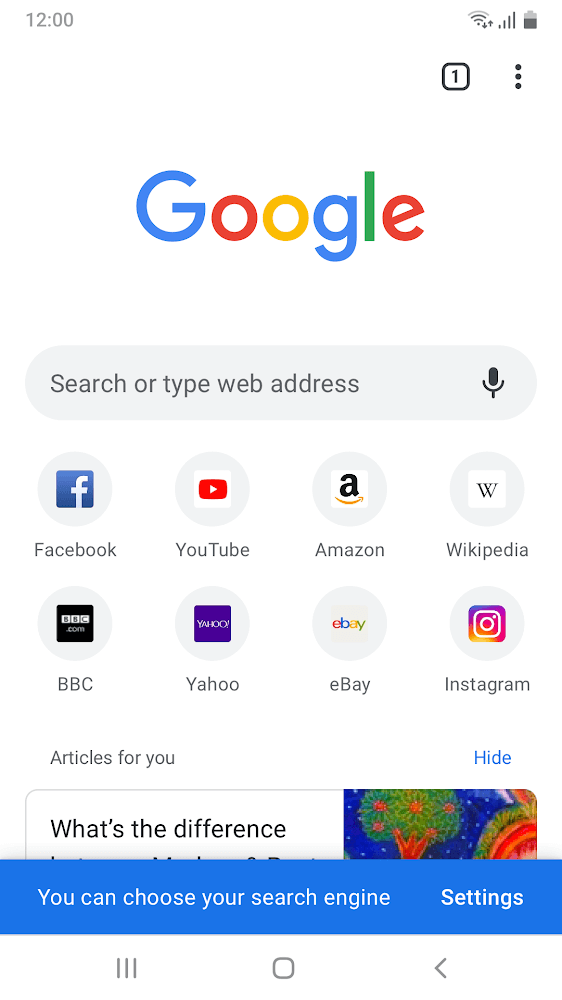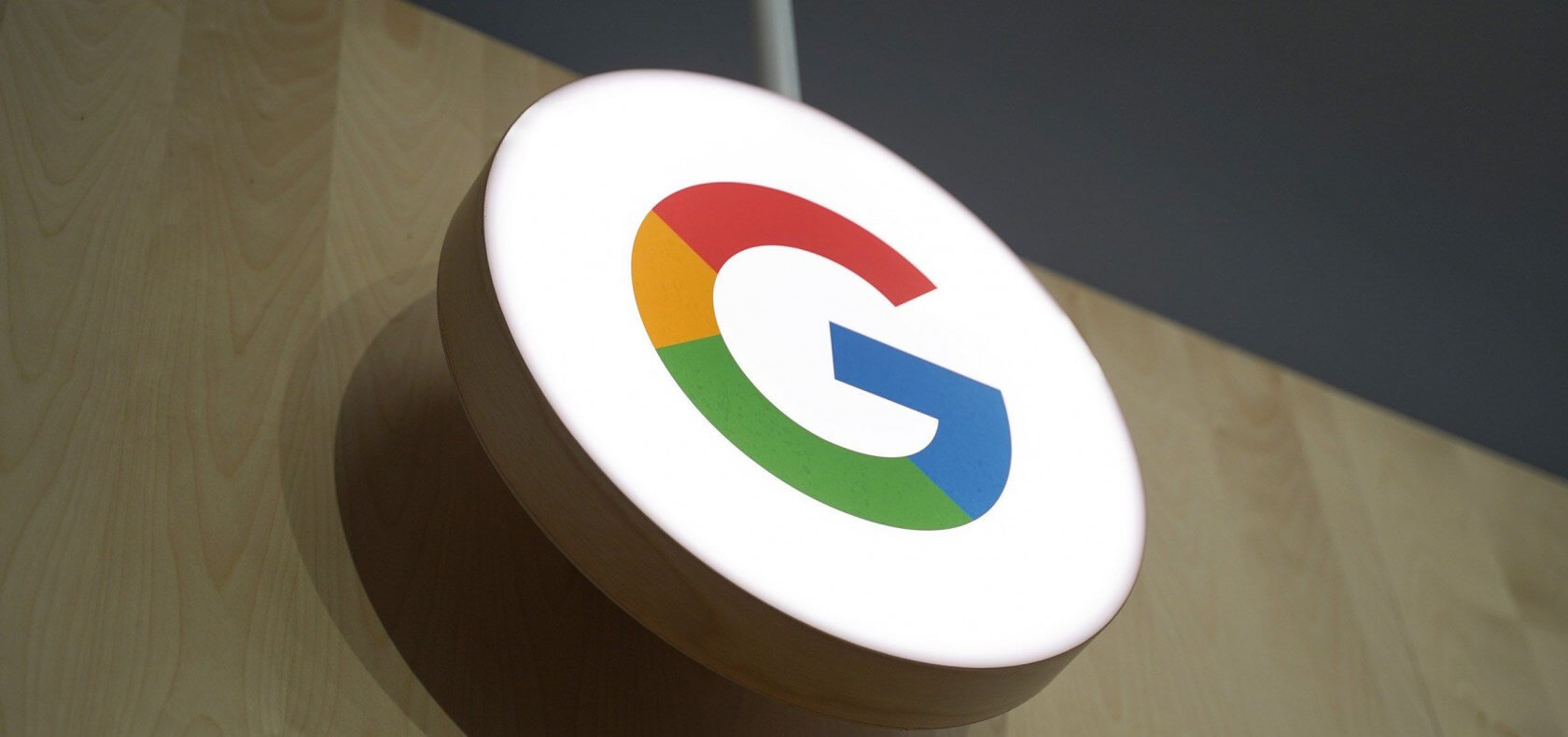Recap: Following its announcement last month that it would be prompting Android users to pick their preferred web browser and search apps, Google has now revealed details of how the scheme will work.
Back in July 2018, the EU imposed a record $5 billion fine on Google over antitrust violations related to "illegal practices" regarding Android. This was partly due to Google's requirement that manufactures pre-installed the Google Search app and its Chrome browser "as a condition for licensing Google's app store (the Play Store)," thereby giving the company an unfair advantage over its competitors.
To comply with the ruling, Google last month said it would make it easier for European Android users to pick alternative search and browser options, though it never explained how.
Now, Google product manager Paul Gennai has spelled out the finer details in a blog post. The first time a user opens Google Play after receiving an upcoming update, they will be presented with two screens: one for search apps and one for browsers. Each contains five apps, including any that are already installed.

The ten apps are chosen based on their popularity and shown in a random order. Users can install as many as they want, and will see an additional screen with instructions on how to set them up. After downloading a search app, users will be asked if they want to change Chrome's default search engine the next time they open Google's browser.

The screens will be rolling out to both new and existing Android phones in Europe over the coming weeks.
In a separate case, Google was hit with a $1.7 billion fine by the EU last month over its "abusive" online advertising practices, bringing the total number of multi-billion-dollar punishments to three---it was also fined $2.7 billion in 2017 for promoting its own shopping services in search results.
